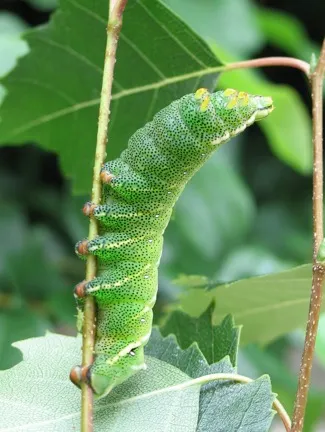Although the Cairngorms National Park might be better known for its population of charismatic fauna — such as red squirrels, Scottish wildcats, and golden eagles — its insect population often goes overlooked; yet it can be just as fascinating, and equally important to the area’s biodiversity and ecosystem.
Understanding this, a new three-year conservation project has begun in the Cairngorms National Park.
The initiative — a partnership between RSPB Scotland, Cairngorms National Park Authority, Buglife, Butterly Conservation, and Scottish Natural Heritage, and funded by the European Agricultural Fund for Rural Development — will survey, study, and better understand some of Scotland’s rarest insects.
The elusive Kentish glory moth is one of the insects to be studied, along with the guest ant, dark bordered beauty moth, small scabious mining bee, northern silver-stiletto fly, and pine hoverfly.
The Kentish glory, in contradiction to its name, is no longer found in Kent, and is instead now only found in the north east of Scotland. This rare and elusive moth has been notoriously difficult for conservationists to identify, due to its fast flight and short flight season.

Kentish Glory larvae. © Mark Parsons
The moth only flies from late April to mid-May in areas of young birch, in search of females, which advertise themselves to passing males by releasing pheromones, which can attract males from 1km away.
In order to provide themselves with an opportunity to identify the moths, researchers from the new three-year conservation project have come up with an inspired solution — to lure males in with pheromones.
A partnership between Butterfly Conservation Scotland and Canterbury University has artificially created pheromones to mimic a female Kentish glory to attract males. The pheromone will be placed on pieces of rubber which will then be placed on trees in the National Park.
Results have so far been positive, as Gabrielle Finn, Projects Officer for the Rare Invertebrates in the Cairngorms Project explains: “Early trials seem positive and areas where moths have not been seen for over a decade are beginning to turn up results.
“It is hoped with further use of this technique we will be able to better understand the distribution of the moth across Scotland and crucially work to provide the young birch habitat they require to ensure that populations do not become isolated.”